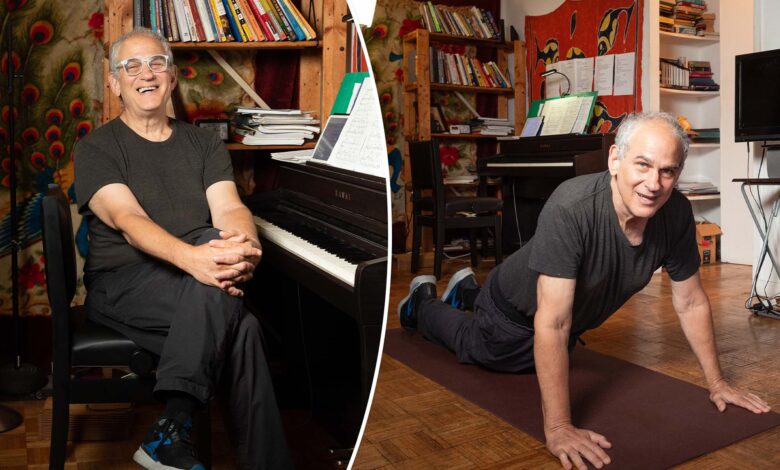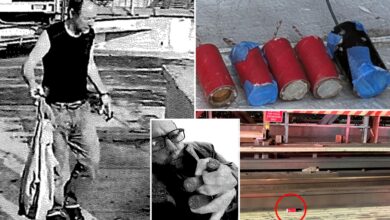NYC composer’s long-lasting back pain gone after novel surgery

A Mack truck smashed into Emmy-nominated composer Steve Sandberg as he crossed an England street in the ’80s, propelling him into a street sign and launching a 40-year battle with back pain.
Finally, last year, he had had enough. The Upper West Side pianist — who served as lead composer and musical director for Nickelodeon’s “Dora the Explorer” — was struggling to walk and carry equipment to gigs despite decades of physical therapy and chiropractic care.
“I was getting very, very restricted in what I could do,” Sandberg, 69, lamented to The Post. “It was hard to get anywhere.”
Though he was nervous, he decided to undergo a three-hour minimally invasive surgery at NYU Langone Health in September 2023.
Dr. Charla R. Fischer says there are only a handful of US doctors routinely doing this revolutionary technique, called endoscopic transforaminal lumbar interbody fusion (TLIF).
Sandberg had a particularly difficult case — he had developed a cyst, a fluid-filled sac, in a facet joint of his spine, two of his lumbar vertebrae were unstable, and the space within that area had narrowed. He felt pain in both legs as a result.
“If there’s a lot of arthritis in [the facet joints], you can get an outpouching of that joint capsule, and that’s called a facet cyst,” Fischer explained to The Post. “It was pushing on his nerve roots and contributing to a lot of his pain.”
Fischer said she made two tiny incisions — one for a camera and another for her tools — and removed the joint with the cyst and the entire intervertebral disc.
She replaced it with a disc implant known as a spacer and a bone graft to promote fusion of the vertebrae. Using robotic techniques, she inserted screws and rods to stabilize the spine.
What sets this surgery apart, Fischer said, is that there is minimal disruption to soft tissue, leading to a faster recovery time.
“It really shows the ability to do what needs to be done in the spine without having to make big incisions or have a lot of pain afterward,” said Fischer, co-director of the Endoscopic Spine Surgery Program at NYU Langone Health. “This is just really a home run surgery for some patients.”
This technique was pioneered in South Korea, and Fischer says NYU Langone Health was the first to do it in the New York area. She estimates that she performs this procedure 40 times a year.
For Sandberg, it was his second life-changing surgery.
He severely damaged his liver, broke six ribs and punctured a lung in the overseas truck crash. Bouncing back was much easier this time around.
Fischer said Sandberg was doing well two weeks post-surgery and pretty much recovered by six weeks. There is typically a three-month recovery process for the non-endoscopic version of TLIF.
Sandberg didn’t need a cane or walker to get around and only used Tylenol to manage the pain.
He says he took advantage of the recovery period to walk and stretch every day — he even lost 30 pounds.
Sandberg can now ride his 10-speed bike five or six miles and walk several blocks without pain. Carrying a 20-pound keyboard is no problem, and he feels “20 years younger.”
“Ten months later, I’ve got my life back,” Sandberg beamed. “I actually had no regrets, it was a fantastic thing to do.”




